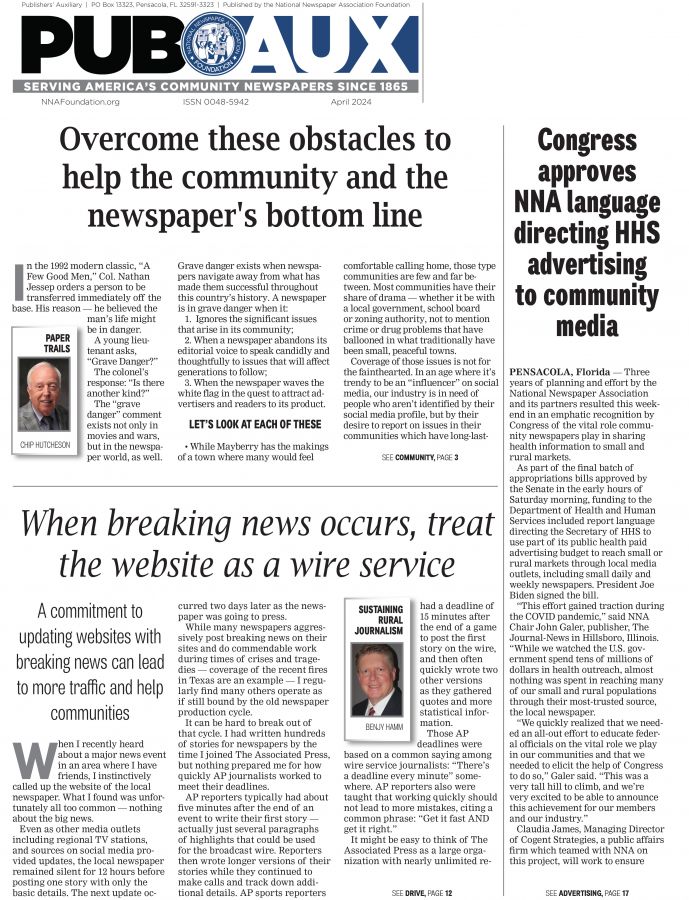The dead do speak — freely, not to be forgotten
Jun 5, 2014
By Gene Policinski
Inside the First Amendment
The dead do speak.
They need no free speech protection — no government can forever silence their message. No dictator can prevent the living from taking notice. And no earthly authority can erase or demean their sacrifice.
On several occasions recently, we are reminded of the men and women who sacrificed their lives for the greater good of many.
There are news reports from France, and the beaches of Normandy, on the 70th anniversary, June 6, 1944 — D-Day — and of the survivors then and their dwindling numbers today. There are the televised images of the flowering of free expression in China 25 years ago, in 1989, when student-led demonstrations showed the power of speech, assembly and petition — and of an indelible news photo from June 9 of one man standing up to a tank in Beijing’s Tiananmen Square.
And on June 9, at the Newseum in Washington, D.C., we once again will be reminded that there are journalists from many nations, in many places, who risk their lives to gather and report information, and to offer informed opinion, so that “we” may know the news.
A number of international organizations, from the Committee to Protect Journalists, to Reporters Without Borders, to the International Press Institute and more, track and combat crimes against reporters, photographers and others who gather the news.
Those organizations also update regularly their lists of journalists who have been killed and imprisoned in a given year. This year, they report more than 20 journalists have been killed and more than 100 have been jailed. In 2013, as many as 77 journalists were killed, the groups say.
The Newseum’s Journalists Memorial — a gallery marked by soaring glass panels bearing more than 2,200 names dating back to 1837 — will add 10 representative names on June 9 to its long list. The memorial is intended to remind us of all of the deadly challenges facing journalists globally, from firefights to death squads funded by organized crime to kidnapping and execution by terrorists and political factions — of fatal wounds from shrapnel to death by bullets fired from speeding motorcycles to beatings with iron bars.
The stories from the Newseum’s biographies of this emblematic group are chilling testimonies to courage and commitment. Among those accounts:
- Killers were waiting for Akmednabi Akmednabiyev, editor for Novoye Delo newspaper in Russia, outside his home in the volatile republic of Dagestan. He was shot in the head at virtually the same spot where he survived an assassination attempt six months earlier.
- Helicopters circled overhead and clouds of tear gas filled Cairo streets as British cameraman Mick Deane — a 40-year veteran of reporting on war and world events — filmed a clash between security forces and supporters of former Egyptian President Mohammed Morsi. Deane was shot by a sniper.
- Philippines radio commentator Fernando Solijon, a relentless critic of government corruption, received an on-air death threat that “Your coffin’s already made” just hours before he was shot multiple times by gunmen who fled on a motorcycle.
Some weeks ago, at the annual White House Correspondents Dinner, President Obama said the event “reminds us that we really are lucky to live in a country where reporters get to give a head of state a hard time on a daily basis. ... But we also know that not every journalist, or photographer, or crew member is so fortunate, because even as we celebrate the free press tonight, our thoughts are with those in places around the globe like Ukraine, and Afghanistan, and Syria and Egypt, who risk everything — in some cases, even give their lives — to report the news.”
On rare occasion, death visits journalists in the United States. In a corner of the Newseum’s News Corporation News History Gallery sits a small white car with a buckled hood, a driver-side door flung open, and the floorboard peeled up into metal shards — the result of a 1976 bomb that fatally injured Arizona Republic reporter Don Bolles. He had been lured to a meeting with a source who offered information on local mobsters.
In the Newseum’s 9/11 Gallery, the battered cameras and personal items of William Biggart can be found. Biggart, a freelance news photographer, was killed in the terrorist attacks on the World Trade Center. Biggart had rushed to the scene shortly after hearing about the attacks. His body was recovered near those of several firefighters.
The First Amendment protects freedom of the press and of speech — and the ability of critics of the news media to both to point out legitimate shortcomings and imagined slights.
But that valuable exercise in “monitoring the monitors” ought rightly to pause briefly on June 9, when the world is again reminded that journalism is a profession in which many face danger each day — and in every year, some make the ultimate sacrifice.
Gene Policinski is chief operating officer of the Newseum Institute and senior vice president of the Institute’s First Amendment Center. He can be reached at gpolicinski@newseum.org.







